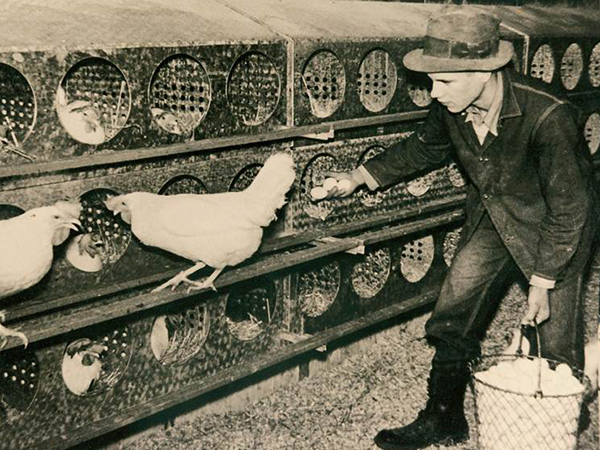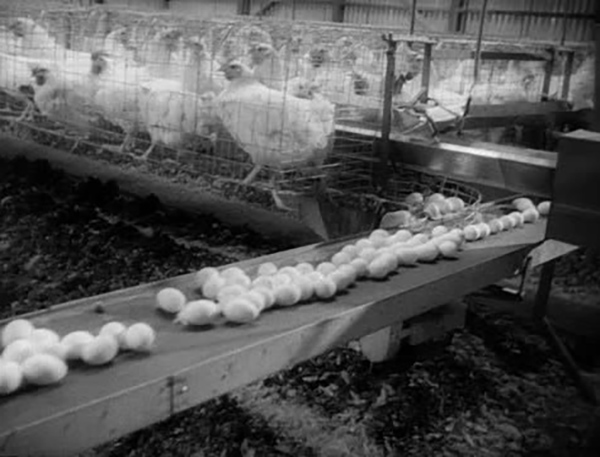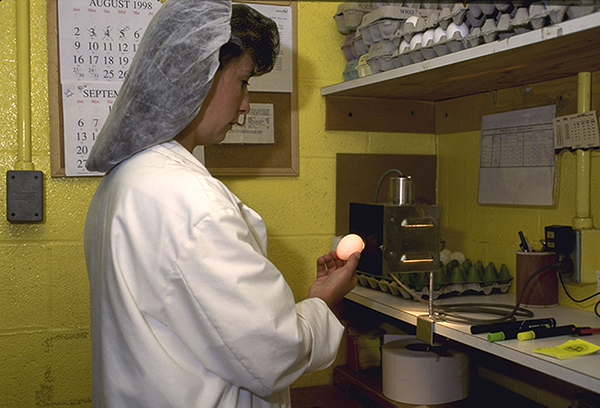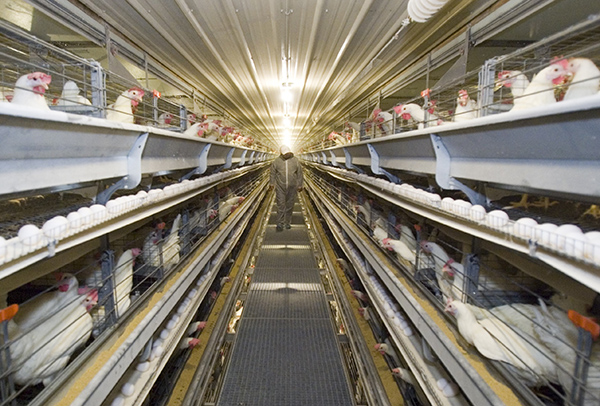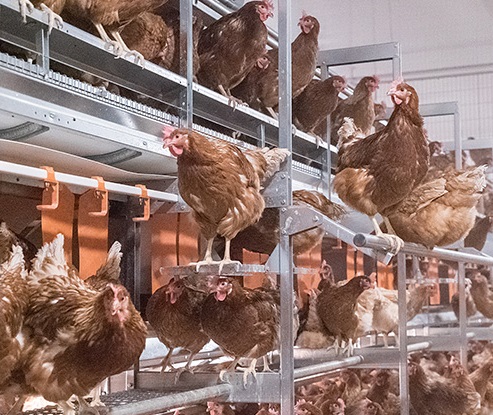
Improving Over Time
Egg farmers feel a responsibility to provide the best-possible care to hens and produce safe, wholesome and affordable eggs. Over time, farms have modified how they house and care for hens and produce eggs, adopting science-based practices as new information and research becomes available.
With this spirit of continuous improvement, egg farms have improved the health and productivity of hens, enhanced food safety, and lessened impacts on the environmental, while providing a high-quality, affordable egg supply.

